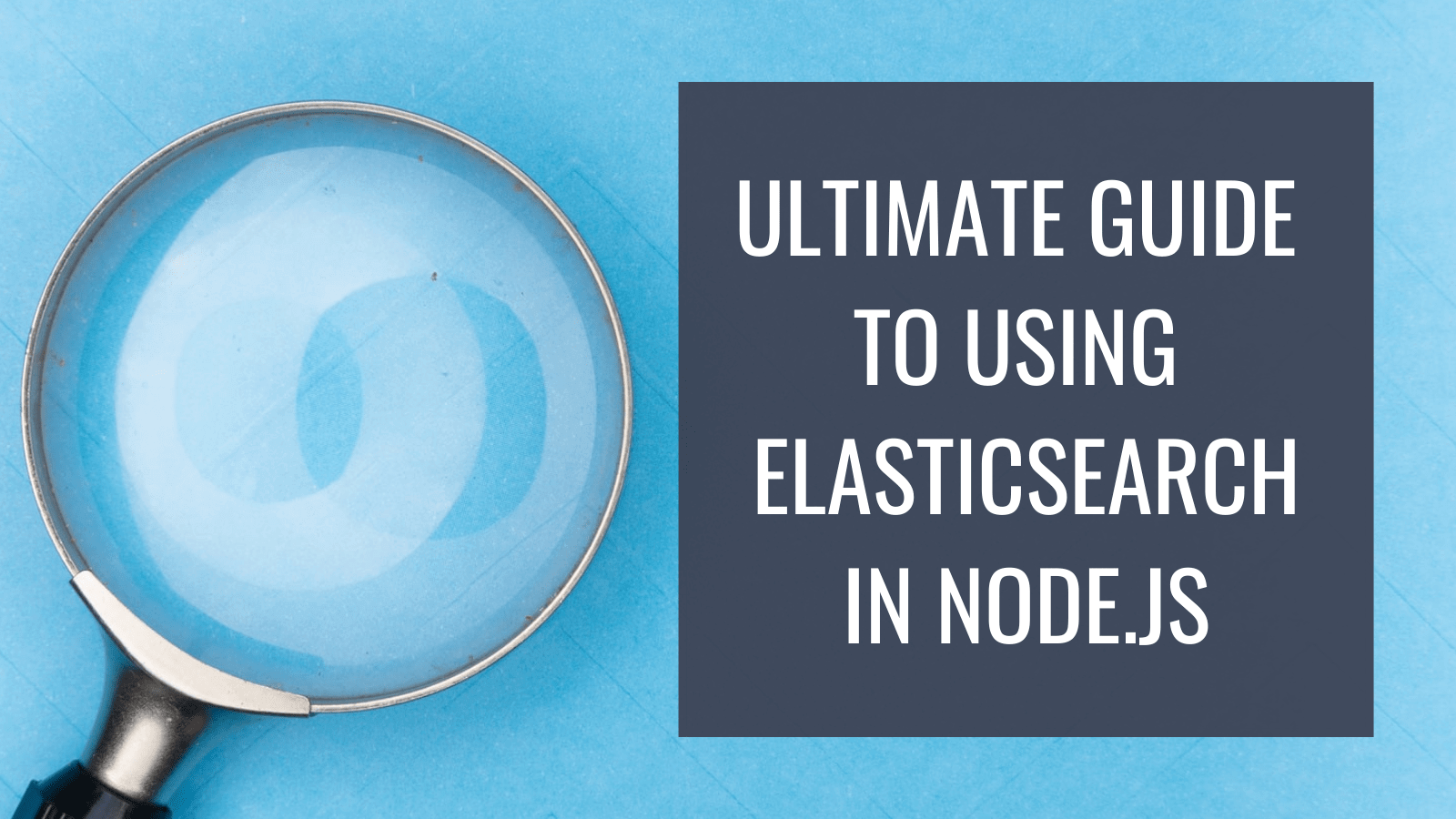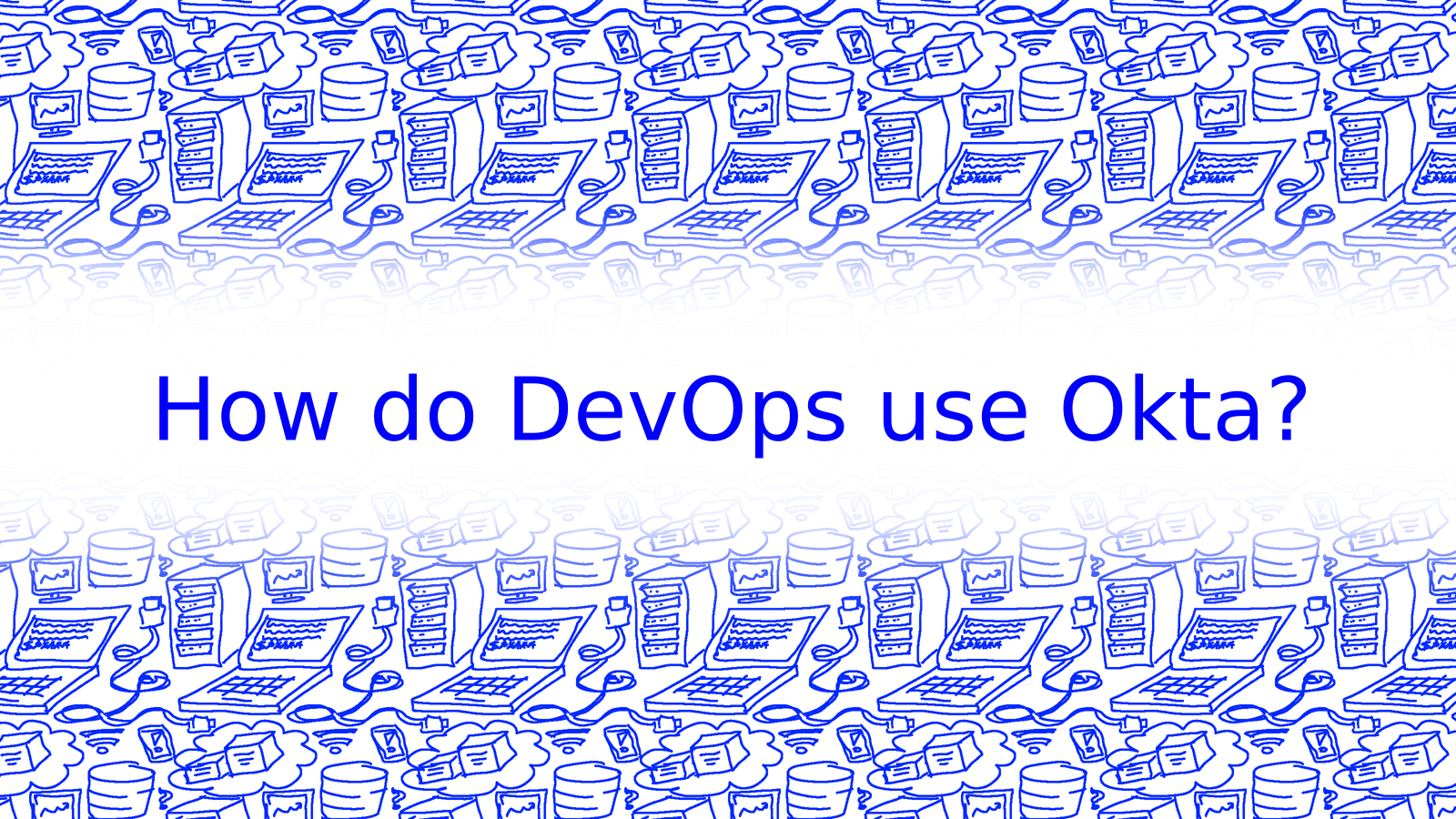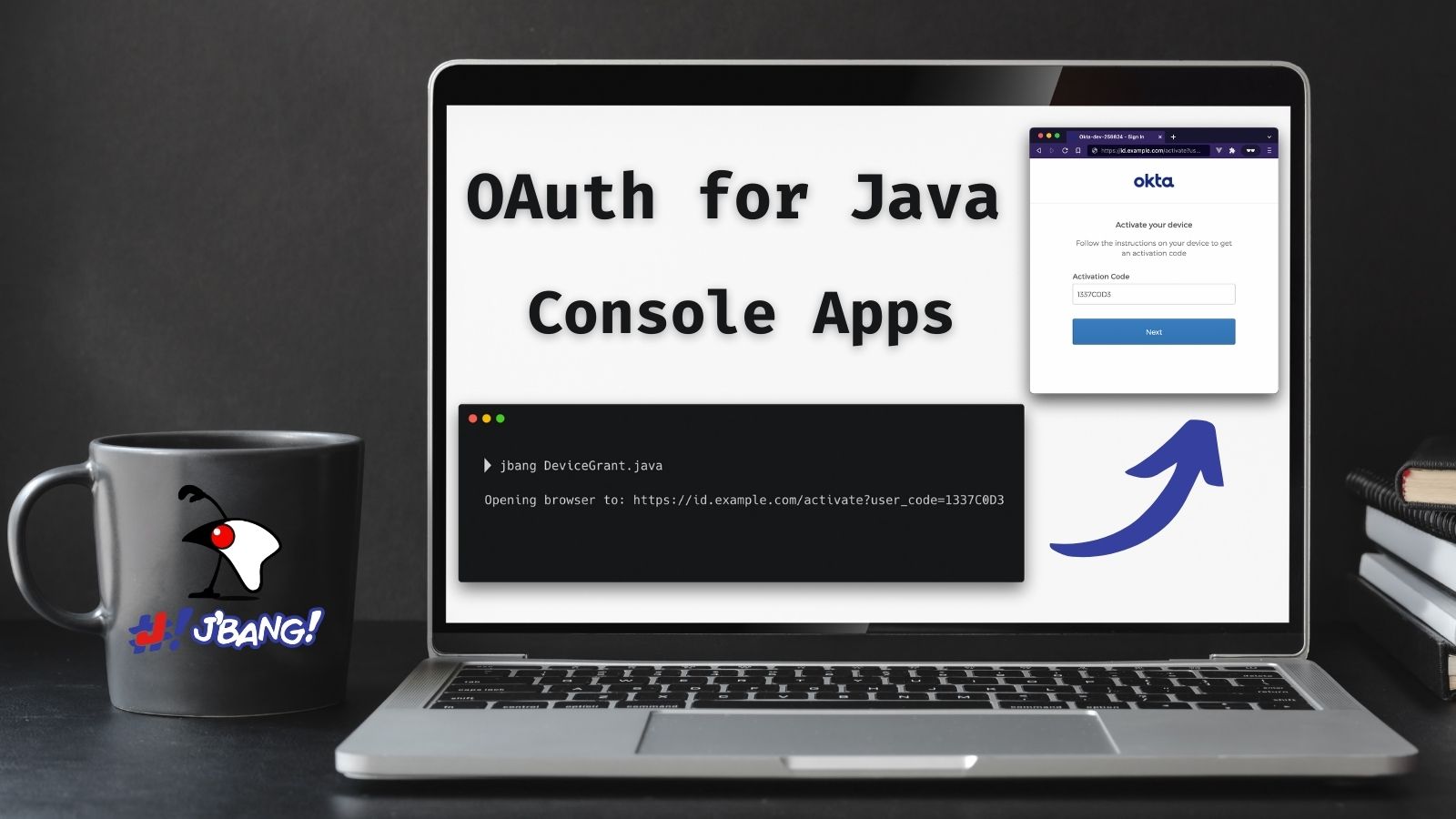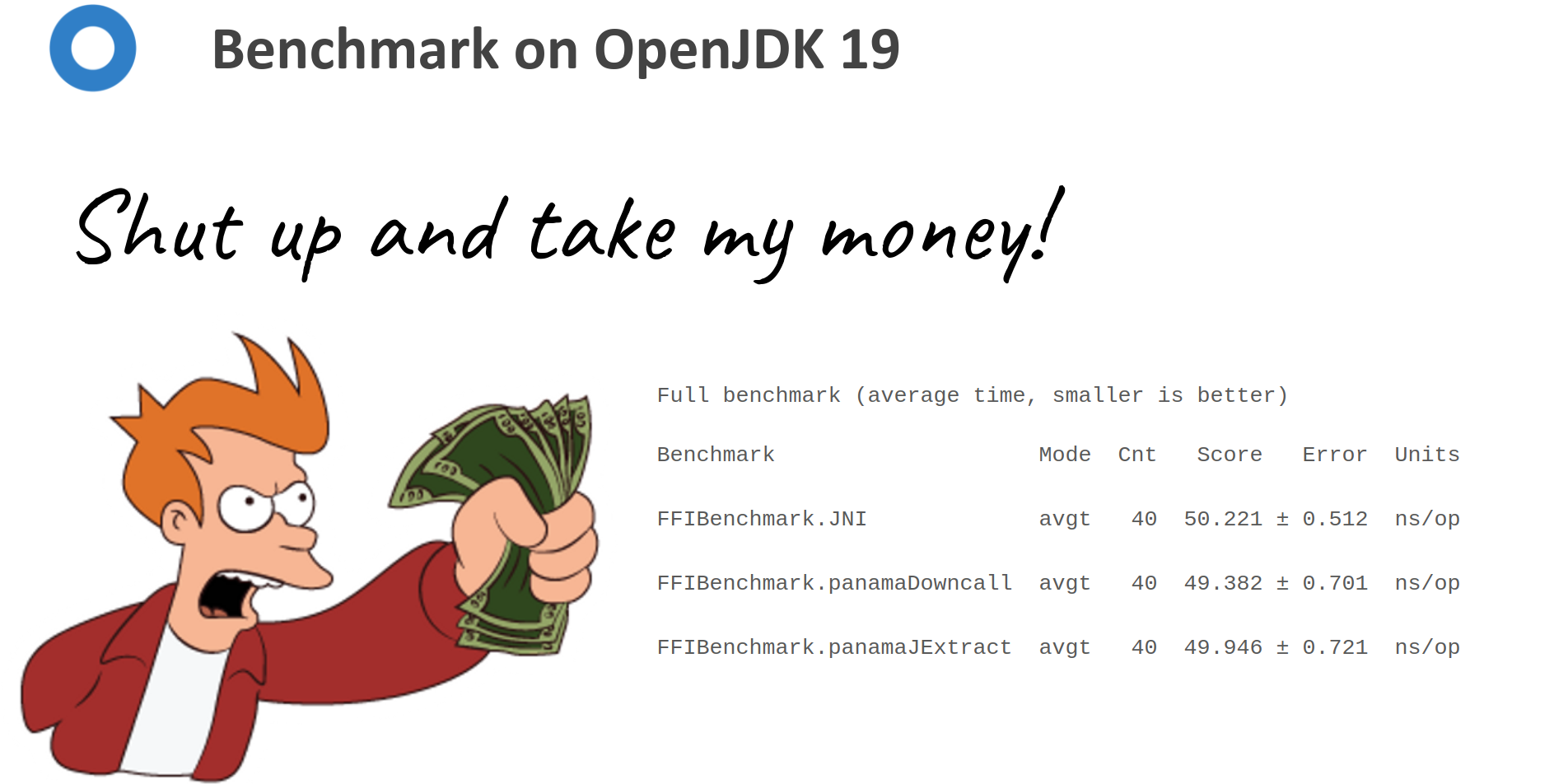The Benefits of GDPR for Application Security

As the internet has grown, so has the need to protect users from privacy invasions, fraud, or other types of abuse by attackers. The European Union’s solution is the General Data Protection Regulation, or GDPR. First put into effect in 2018, the policy applies not only to the organizations in the EU but to any organization that uses or collects data from people in the EU. If your organization is subject to GDPR, you’ll need...
The Ultimate Guide to Using Elasticsearch in Node.js

Elasticsearch is one of the most powerful and popular search engines on the market. Elasticsearch lets you search through vast amounts of data, whether you’re implementing real-time search experiences or doing in-depth data analysis. In this tutorial, you’ll learn how to integrate Elasticsearch into your Node.js app. You’ll see how to connect it with the front-end and how to secure your entire API and data with Okta. You can follow along with this GitHub repository....
Building a WebAuthn Application with Java

The Web Authentication (WebAuthn) specification, given official approval by the World Wide Web Consortium (W3C) and the FIDO Alliance in 2019, aims to strengthen online security by allowing users to sign in to sites with elements like biometrics and FIDO security keys. The WebAuthn API can replace or supplement less-secure passwords, which may be weak and are often shared. WebAuthn is supported by default in Firefox and Chrome browsers and can be used in Edge...
Use GitHub Actions to Build GraalVM Native Images

Getting something to work is one of the greatest feelings you can have as a developer. Especially when you’ve spent hours, days, or months trying to make it happen. The last mile can be one of the most painful and rewarding experiences, all wrapped into the same day or two. I experienced this recently with Spring Native for JHipster. If I look back, it took a year’s worth of desire, research, and perseverance to make...
Secure Your .NET 6 Web API

.NET 6 is here and many of us are making preparations to update .NET 5 codebases to .NET 6. As part of this review, today you will learn how to implement the client credentials flow in ASP.NET Core Web API. Note: In May 2025, the Okta Integrator Free Plan replaced Okta Developer Edition Accounts, and the Okta CLI was deprecated. We preserved this post for reference, but the instructions no longer work exactly as written....
A Quick Guide to Regular Expressions in Java

Whether you’re coding, using a search engine, searching and replacing text in a text editor, or using the command-line utilities grep, sed, and awk in Linux, you’re using regular expressions (also known as “regex” or “regexp”). Yes, they’re everywhere. A regular expression is a sequence of characters used to describe a text pattern. Working with regular expressions is rarely described as fun, but they are useful for various problems while coding a feature, such as...
How Can DevOps Engineers Use Okta?

What is DevOps? DevOps is one of those buzzwords. Ask three DevOps professionals what it means, and you might get four different answers. Most will agree that DevOps usually describes a mix of tools and techniques combining aspects of systems administration, software development, IT, release engineering, security, and often QA. At its best, DevOps synergizes the strengths of these fields to reduce toil through automation and improve software quality through continuous testing and deployment, and...
How to Build and Deploy a Serverless React App on Azure

Microsoft’s Azure platform has as many high-tech products as anyone could ever want, including the Azure Static Web Apps service. As the name suggests, the platform hosts static web apps that don’t require a back end. Azure supports React, Angular, Vue, Gatsby, and many more, out of the box. However, you may run into situations where you want some back-end support, such as when you need the backend to run one or two API calls....
Authenticate from the Command Line with Java

Anyone who has tried to type a password using a television remote can tell you what a pain it is. Not only will you be frustrated with the keyboard, but it’s not secure; everyone else in the room can see what you are typing. Fortunately, the OAuth 2.0 Device Authorization Grant gives you an easier way to sign in. The name is a mouthful, but if you have ever logged in to a TV by...
Does Java 18 finally have a better alternative to JNI?

Java 18 was released last month (March 2022), and with it comes the second incubator of the Foreign Function & Memory API, so let us look at the state of Foreign Function Interface (FFI) in Java. Table of Contents What is a Foreign Function Interface? Why is Foreign Function Interface needed? A brief history of FFI in Java Java Native Interface (JNI) Java Native Access (JNA) Java Native Runtime (JNR) Enter Project Panama Foreign-Memory Access...